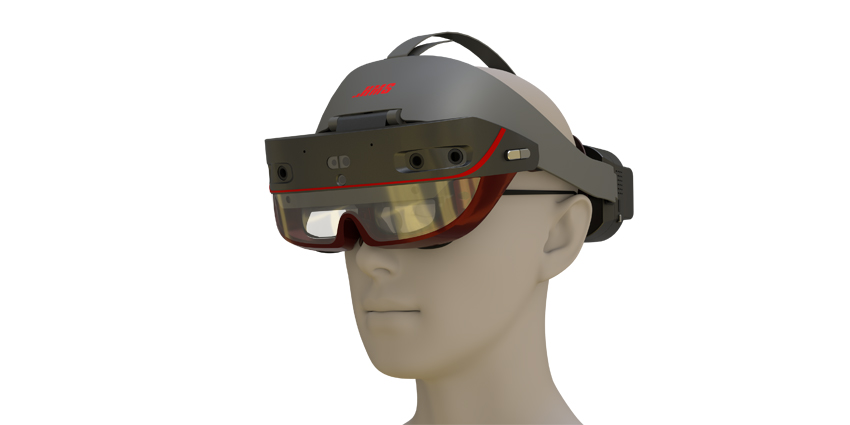While Augmented Reality (AR) first found recognition on a global scale in the gaming world, the technology now offers the world so much more than Pokemon Go. Since moving into the enterprise space, AR has played a pivotal role in restructuring how industries operate, and marketing is no exception.
Markets and Markets predicted the AR market will grow from USD 10.7 billion in 2019 to USD 72.7 billion by 2024 at a CAGR of 46.6%, and we can expect to see a significant percentage of that growth emerging from the sales and marketing space.
But how exactly does augmented reality help improve enterprise marketing campaigns? Look below to see how.
Better Customer Experience
While brick-and-mortar return rates average at around 10%, eCommerce return rates double that at 20%. Moreover, 90% of customers expect their returns to be covered by the business, meaning online stores lose money every time their customers send a product back.
For this reason, many retail and eCommerce stores have started investing in AR-driven solutions that allow their customers to try on products in virtual changing rooms before they buy them. Unlike before, customers can see how clothes, glasses, or make-up look on their body before they commit to their purchase.
As a result, the customer is far less likely to return the item they bought online because AR has already told them what to expect.
Improves Branding
Differentiation is crucial for success in any business, and customers will always be on the lookout for companies that capture their attention.
According to sources, 74% of B2B consumers conduct half of their research online before making an offline purchase, making online branding a crucial part of any sales marketing strategy.
By adding AR components like QR Codes that customers can scan to find out more information on the brand and its products, businesses can increase the level of engagement they have with their prospects. Rather than simply handing the customer a business card, they can invite them to dig in and explore the brand as a whole.
Increases Conversions
Before AR, salespeople would rely on traditional forms of sales collateral like guides, brochures, maybe even a video presentation or two. While traditional marketing methods can still produce results, they do little to help businesses gain an edge over the competition.
With AR, however, businesses can bring their sales collateral to life by adding virtual components to their products. Rather than just showing an image of a product in a brochure, AR can place products in the real-world environment, giving the customer a much clearer visualization of what the product is and creates a much greater incentive for them to make the purchase.
Sweetens The Deal
The only thing the customer enjoys more than buying something they love is to be given something they love for free.
To help sweeten the deal, then, AR can be used to deliver a digital product that stimulates the user’s persona interests at no extra cost. For example, if the brand has a target customer base that loves sneakers, the brand can offer an augmented reality QR code the customer can scan with their phone to claim their free prize.
By doing this, businesses can go much further than simply supplying the demand. Instead, they can connect with their target audience on a personal level to increase retention and conversion rates.
What is the future of AR in marketing?
According to research, the number of worldwide mobile augmented reality users is expected to grow from just 200 million in 2015 to 2.4 billion (31.6% of the world’s population) by 2023. Unlike virtual reality and mixed reality, AR already has a huge adoption rate, making it an incredibly valuable platform for marketing and sales.
Pushing forward, we can expect to see big investments being made by the enterprise in AR marketing, and what we’ve seen so far is only a slight glimpse of what is yet to come.







